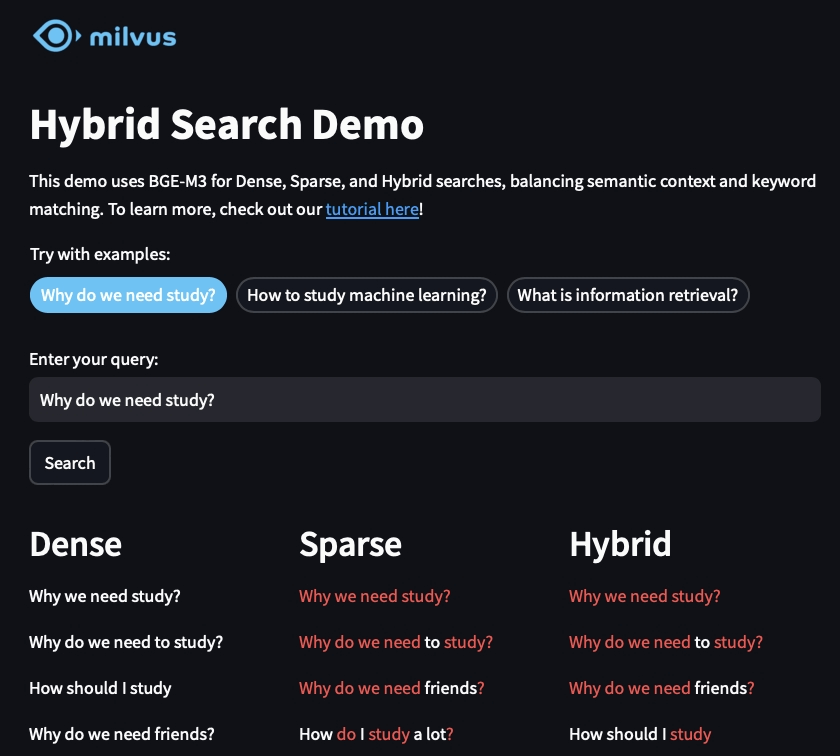Multi-field search is a powerful feature of vector databases that enables users to perform searches across multiple fields or attributes of data simultaneously. This capability is particularly beneficial when dealing with complex datasets where information is spread across various dimensions or aspects. By allowing searches to consider multiple fields at once, users can retrieve more comprehensive and relevant results tailored to their specific queries.
In a traditional database, searches are often limited to specific fields, requiring users to conduct separate queries for each attribute they wish to explore. However, multi-field search streamlines this process by integrating the search across different fields, making it more efficient and user-friendly. This approach is especially useful in scenarios where data is interconnected or when the context of the search query spans several dimensions.
For instance, consider a vector database containing a dataset of academic research papers. Each paper might have multiple fields such as title, abstract, keywords, author names, and publication date. A researcher looking for papers related to a specific topic might want to search for relevant keywords not only in the title but also in the abstract and keywords sections. Multi-field search enables this by allowing the query to span these fields simultaneously, ensuring a wider and more relevant set of results.
Multi-field search can also enhance the performance of recommendation systems. In applications like e-commerce, where products may have attributes like name, description, category, and user reviews, multi-field search can improve the accuracy of product recommendations by considering multiple attributes at once. This holistic view of data helps in capturing the nuances of user preferences and providing more personalized suggestions.
Implementing multi-field search in a vector database involves leveraging advanced indexing and querying techniques. Vector databases use mathematical representations of data, such as embeddings, to facilitate efficient similarity searches. This allows the database to handle complex queries across multiple fields without compromising on speed or accuracy.
In summary, multi-field search is a crucial feature for extracting rich, contextually relevant information from complex datasets. It enhances user experience by providing a more comprehensive search capability, supports various use cases including research and recommendation systems, and leverages the strengths of vector databases to deliver fast and accurate results. By enabling searches across multiple dimensions, it empowers users to draw deeper insights and make more informed decisions based on their data.
